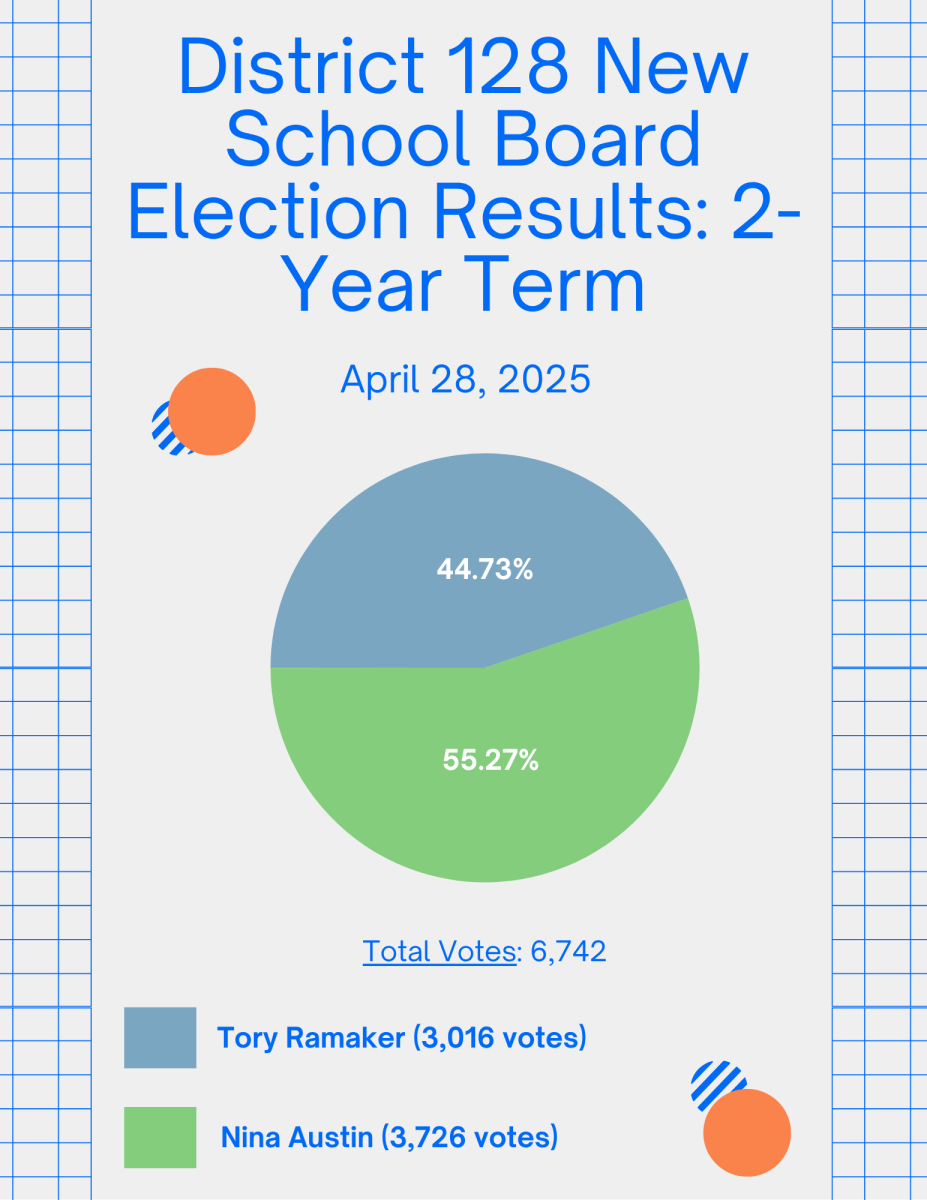NATO and Russia
The week of Sep. 15, the spokesman Dmitry Peskov for the Russian President Vladimir Putin has announced that NATO is “at war with Russia” over the conflict in Ukraine. NATO has not officially entered the war, and NATO’s troops are not in a position to fight, but Peskov’s comments intensify the tensions between Moscow and NATO. While Ukraine is not a part of NATO, NATO is providing aid and military assistance to Ukraine.
Meanwhile, within the same week, three Russian military jets violated NATO member Estonia’s airspace over the Gulf of Finland. The violation lasted for 12 minutes on Friday, Sep. 19. As a part of NATO’s Eastern Sentry operation, Italian F-35 fighters were also stationed in Estonia during the time. With the jets being forced to leave, the Russian Defence Ministry were saying that the jets flew over neutral waters and denying the violation of the airspace. The violation was more than a week after 20 Russian drones had entered Polish airspace, which took place on Sep. 9 and 10.
As a result of the incident in Estonia’s airspace, Estonia requested NATO Article 4, which states that any member of NATO can bring an issue to the council’s attention to discuss the next steps of when the territory of a country is threatened.
British Protests
From Sep. 16 to 18, President Donald Trump went on his second state visit to the United Kingdom since his first presidency in 2019. The meeting took place with both King Charles lll and Prime Minister Keir Starmer to discuss trade relations and Ukraine’s ongoing war with Russia. Trump described the visit and the relationship between the two countries as an “exquisite honor.” The reception by the people of the United Kingdom was mixed. Nationwide protests of the President’s visit were highlighted with a projection on Windsor Castle featuring photos of Trump and Jeffrey Epstein side by side, as well as floats of President Trump as a crying baby.
Kimmel Firing
On Sep 17, the ABC late-night program “Jimmy Kimmel Live!” was cancelled following controversial comments made by the host on the assassination of Charlie Kirk. In his monologue on Monday, Sep. 16, Kimmel claimed the “MAGA Gang” was “desperately trying to characterize this kid who murdered Charlie Kirk as anything other than one of them.”
These words stoked public outrage as well as a response from the Federal Communications Commission or FCC, a government agency, threatening to take action if ABC did not take action. Nexstar Media Group, one of the largest owners of local ABC stations, then announced it would not air Kimmel’s show for the foreseeable future, which prompted its full cancellation by the network.
The termination of the show prompted its own outrage from Hollywood and media figures as well as many Democratic politicians. Many claim that Kimmel’s comments are protected under the First Amendment and do not warrant his cancellation.
“A free and democratic society cannot silence comedians because the President doesn’t like what they say,” Illinois Governor JB Pritsker posted on X on Sep. 18.
President Trump and other Republicans, on the other hand, blame the show’s cancellation on years of bad ratings and many other politically charged comments made by Kimmel.
“So, you know, you could call that a free speech or not,” President Trump said Thursday in a news conference during his UK state visit. “He was fired for lack of talent.”
As of now, Kimmel has not been fired from ABC. The future of “Jimmy Kimmel Live!” remains up in the air as a future continuation of the program is not out of the question.
Indonesia
Between terrible natural disasters and deadly protests resulting in new Ministers, Indonesia has gone through a lot of chaos.
Starting with natural disasters, Indonesia has experienced many recently. Since the beginning of September, flash floods have been ensuing destruction in Bali, Indonesia and claiming casualties. Many buildings were demolished due to the flooding. To make matters worse, Indonesia also experienced an earthquake with a magnitude of 6.1 last Friday on the 19th. Fortunately, there were no reported casualties.
Near the end of August, protests were organized in Indonesia by civilians who were outraged by economic hardships and lavish housing allowances for politicians within their country. On Monday, Aug. 25th, these protests were met by displeased police and military who brought tear gas and rubber bullets to back them up. Tensions only simmered between protesting civilians and law enforcement, and soon followed by violence after the death of a delivery driver who was run down by Paramilitary police. By Thursday, the protesters had set fire to legislative buildings. The results; many protester casualties and the replacement of five ministers.







![Mr. Abullh Ali, manager/assistant, helps open Queen Yemeni Coffee in downtown Libertyville at 606 North Milwaukee Ave. With the help of employees such as manager and LHS senior Yousef Taha, they are able to bring the Yemeni and Ethiopian culture to Libertyville by using their Queen spices, cinnamon and cardamom in their drinks such as Adani Chai, which is inspired by Sheda, the Queen of Yemen and Ethiopia. “The history of our coffee [is] a long history and we believe that Yemen and Ethiopia started the coffee and we are bringing something unique to the community,” Mr. Ali said.](https://www.lhsdoi.com/wp-content/uploads/2025/04/Photo-1-1200x800.jpg)